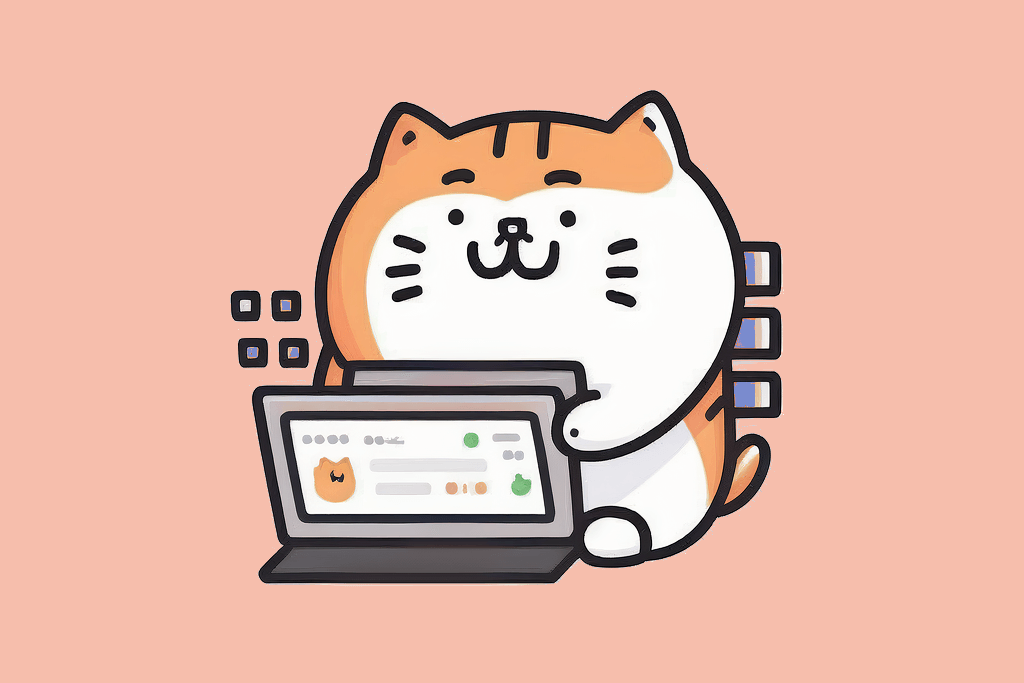Car Insurance / Types of Car Insurance / "No Fault" Insurance
Reviewed by: Max Cho, Licensed Insurance Broker NPN 20377411
Types of Car Insurance: Minimum Required Insurance / Liability Coverage / Uninsured Motorist / Collision / Comprehensive / PIP / MedPay
Covered expenses include: medical bills for anyone covered in your policy, lost wages if you’re injured and can’t work, household services like childcare, cleaning, or yard work if you’re unable to do those things because of injuries, disability and rehabilitation costs, and a death benefit which can cover funeral expenses.
There are limits to all of these benefits, including a per-person maximum. Victims of a crash can still sue for medical expenses, disability, and death however, if their bills are significantly higher than their PIP benefit or they meet certain thresholds, set by each state, for serious injury.
It also covers your policy members involved in a car accident even if you’re not in the car — as a pedestrian or a cyclist, and even if you’re riding in someone else’s car.
PIP is different from liability coverage which is a standard requirement in “at fault” states” (it requires you to pay the other party’s bills when you cause a crash). Also, since PIP only covers injuries to people, even if you have PIP you will need property damage liability coverage.
If you’re moving from an “at fault” state to a “no fault” state, or vice versa, it’s important to understand how your car insurance is going to change.
Do I need PIP?
PIP is commonly called “no fault insurance.” In the 12 states which are “no fault” states, PIP is a requirement.
States where it's required
PIP is required in the following states: Delaware, Florida, Hawaii, Kansas, Kentucky*, Massachusetts, Michigan, Minnesota, New Jersey*, New York, North Dakota, Pennsylvania*, Oregon, and Utah. (Note: not all of these are “no fault” states and you can opt out in states with an asterisk.)
Why you might want PIP anyway
If you live in an “at fault” state, you have minimum liability coverage requirements covering bodily injury to other people when you cause a crash. PIP covers you when you cause a car crash.
There’s a complicated mix of considerations when deciding if you want PIP. Here’s an overview:
If you have Liability coverage (Bodily injury): Liability coverage covers other people. PIP covers you, your policyholders, and your passengers. You want both (in “at fault” states).
If you have Uninsured/Underinsured Motorist coverage: If you have UI/UIM, a very good idea in states with high uninsured rates, you may still want PIP. In an “at fault” state, you need to prove the other driver was uninsured or underinsured (or that you were the victim of a hit-and-run) to use the UI/UIM coverage, but PIP is “no fault” insurance even in “at fault” states.
Sometimes with UI/UIM you can separate Bodily Injury (UMBI) coverage from Property Damage (UMPD) coverage. If this is the case where you live, PIP offers you more coverage than UMBI and you can opt out of UMBI in favor of PIP.
One key difference: with PIP you can pay immediately for your medical expenses and get reimbursed quickly, whereas for UI/UIM you’ll need to file a claim and wait for that process to complete itself in order to get reimbursed.
Interestingly, when you search Google regarding coverage for UI/UIM and PIP, almost all of the results come from law firms (instead of insurance companies and financial advice sites). This implies the lawyers know something about how insurance companies handle PIP vs UI/UIM that the insurers aren’t excited to talk about.
If you have MedPay: In some states you can’t have MedPay and PIP at the same time. PIP covers more types of expenses than MedPay, has a higher limit, and carries a deductible (MedPay does not).
If you have Health Insurance: Some health insurance policies exclude car-related injuries. Also, health insurance only covers you and your health insurance policyholders, whereas PIP covers you, your household members, and your non-household passengers (as long as you’re not a rideshare).
If you have high-deductible health insurance, MedPay is a good idea because you can use it to pay your health insurance deductibles and copays. More on MedPay vs PIP.
PIP offers a lot of coverage your health insurance doesn’t, like lost wages, childcare, chiropractic care, psychiatric care, dental care, optical care, and funeral expenses, so even if you have health insurance, you might want PIP anyway.
How much PIP coverage do I need?
Like most insurances, this is a question of how much you can afford and how much peace of mind you want. PIP isn’t cheap, but it’s protecting you and your future, so consider that in your process.
If you live in a state where PIP is required, you need at least the minimum required amount. Medical expenses, lost wages, and childcare costs really add up after a crash, so the best advice here is to buy as much as you can afford.
If you are opting into PIP, you should consider your health insurance coverage, the cost of MedPay (which can pay your health insurance deductible and copays), what a few months of lost wages, additional childcare, and other expenses might cost. And then add in a little extra coverage because everything costs more than you think it will. “As much as you can afford” isn’t a bad idea here.
Safe driver? Think twice: if you don’t text while driving, you’re always “eyes on the road,” and you drive at reasonable speeds for the conditions, you’re not especially likely to cause a crash yourself. In an at fault state, that means someone else’s insurance or your UI/UIM is likely to pay in the case of a crash. Freaky things happen though — you might have a bad day and be distracted by your thoughts or swerve to avoid a hazard like a pedestrian or an animal — so keep an open mind to PIP.
How much does PIP cost?
The cost of PIP is highly variable and is heavily impacted by the specific car insurance law in place where it is required. As an optional coverage, PIP is fairly inexpensive, often ranging from $20-50 a month, according to insurance.com.

Want to find the best insurance? Need help?
Coverage Cat shops for you. We search across dozens of major insurers and use data science to compare millions of real quotes. The result? The best combination of policies, coverage, and price for your personal financial situation.
Our promise:



